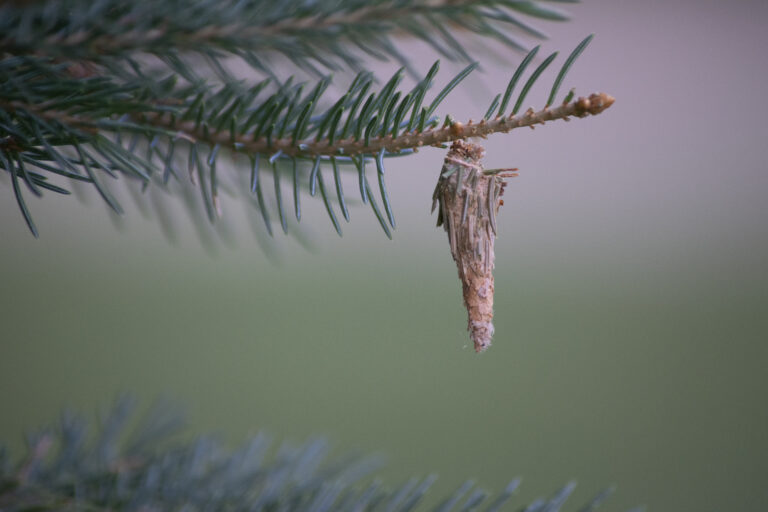Bagworms, despite their name, are not worms but moths, spending their entire life cycle inside self-constructed bags made of silk and bits of foliage. As they grow, so does their protective bag. Female moths remain in their bags, while only adult males venture out to mate in late spring or early summer.

Bagworms commonly infest evergreen and deciduous trees, with cedar, arborvitae, juniper, and false cypress being favored hosts. However, they pose a threat to various trees, weakening them and making them susceptible to diseases and pests.
To manage infestations, manual removal may work for small-scale problems. For widespread cases, pruning affected branches and destroying them helps. Encouraging natural predators like birds and parasitic wasps can be effective, and chemical control should be a last resort due to potential environmental impact.
Prevention is key: regular tree inspections, proper maintenance, and avoiding overcrowding contribute to keeping bagworms at bay.





